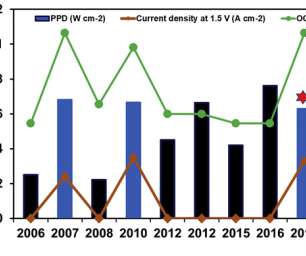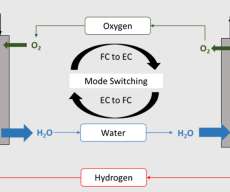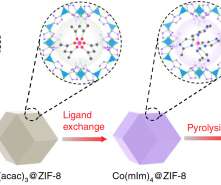WUSTL team develops high-power direct borohydride fuel cells; double the voltage of conventional H2 fuel cells
Green Car Congress
JUNE 21, 2020
Engineers at the McKelvey School of Engineering at Washington University in St. Louis (WUSTL) have developed high-power direct borohydride fuel cells (DBFC) that operate at double the voltage of conventional PEM hydrogen fuel cells. The approach is broadly applicable to other classes of liquid/liquid fuel cells.














Let's personalize your content